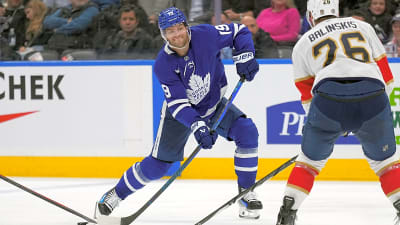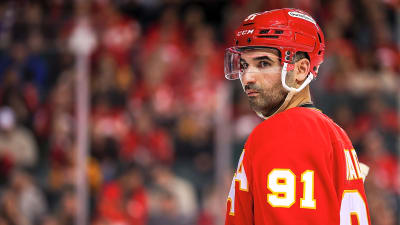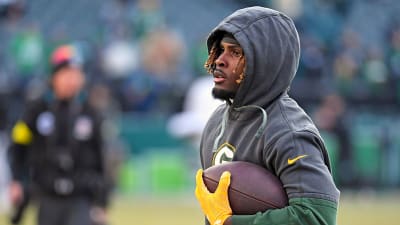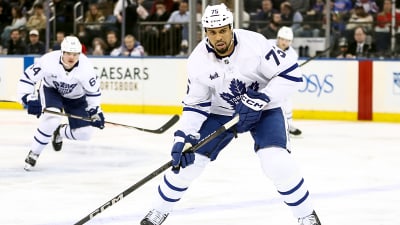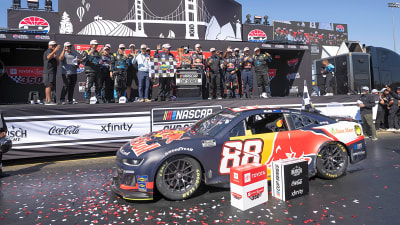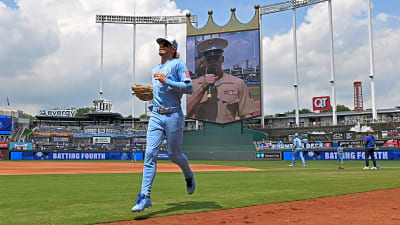The Pittsburgh Steelers have been at the forefront of understanding and preventing head trauma for decades. It is often thought of primarily regarding legendary center Mike Webster. His family generously donated his brain to be studied after his tragic death in 2002. Webster was only 50 years old, but his behavior had been concerning to his family, and they believed that repeated head trauma from football was to blame.
Now former Steelers running back turned analyst, Merril Hoge said that credit also goes to Hall of Fame coach, Chuck Noll. Hoge said that Noll is responsible for changes to the way players are evaluated for head trauma before being allowed to return to play.
Hoge recently joined The Big K Morning Show with host Larry Reichert on 100.1 KDKA and spoke about how blessed he was to play for Noll. He said he recognized that Noll was special, even early in his career. Hoge added that many people don't realize that Noll helped progress evaluations of head trauma.
"He wasn't just a coach, he was a leader. He looked at things much differently than coaches and people in general. We are where we are with head trauma and care and protocols because of him. If he had not challenged Joe Maroon to do something more than just subjective evaluations of head trauma, he goes, 'If it's that complicated Joe, your opinion is important, but that's not the only thing we should be using.'"
Dr. Joseph Maroon has been the Steelers' neurosurgeon since 1981. Maroon has operated successfully on many players who have suffered neck and spine injuries that could have been career-ending, thus saving their careers.
Maroon also partnered to create ImPACT (Immediate Post-Concussion Assessment and Cognitive Testing), the most commonly used computerized concussion assessment tool. Hoge said an incident with Noll over then-quarterback Bubby Brister sparked the change.
Hoge said that Maroon told Noll he didn't like how Brister sounded during his Friday pregame interview. He did not think Brister should play that weekend and refused to clear him. Noll wasn't happy, not just because Brister couldn't play, but because he had no tangible reason to sit out. It wasn't like an x-ray of a broken bone. There was no proof. Noll challenged Maroon to come up with something objective.
"Noll told Maroon, 'You need some other way to observe him, an objective way to evaluate him, so there isn't just one way, but a variety of ways to get a true evaluation.' Joe agreed and Chuck was like, 'Then come up with a tool to do that.' And that is what started cognitive testing," said Hoge.
Noll was so passionate about preventing brain-related injuries that Art Rooney II founded the Chuck Noll Foundation for Brain Injury Research nearly 25 years after that fateful talk. Rooney knew how much protecting players and the sport meant to Noll and wanted a way to honor his memory.
The city of Pittsburgh has been a leader in developing assessments and researching methods of preventing brain trauma. The UPMC Sports Medicine Concussion Program is widely considered one of the best in the world. Rooney wanted to ensure the foundation would honor men like Webster and Noll, who were responsible for advancing science in two different ways.
Steelers' Merril Hoge Grateful To The Rooneys
Hoge spent seven seasons in Pittsburgh after being selected in the 10th round in 1987. He didn't feel he was done with football and went on to play for the Chicago Bears for a single season.
When Hoge left for Chicago, Rooney wanted him to know that he would always have a home in Pittsburgh. He said that meant the world to him, and while he did not return to play for Pittsburgh, he proudly considers himself a Steeler for life.
Did you know about Noll pushing for an evaluation tool for trauma? Click to
More must-reads:
- Jets agree on extension with All-Pro CB
- Chiefs O-line still has massive problems despite Trey Smith extension
- The 'Total touchdown leaders by NFL season since 2000' quiz
Breaking News
Trending News
Customize Your Newsletter
 +
+
Get the latest news and rumors, customized to your favorite sports and teams. Emailed daily. Always free!
